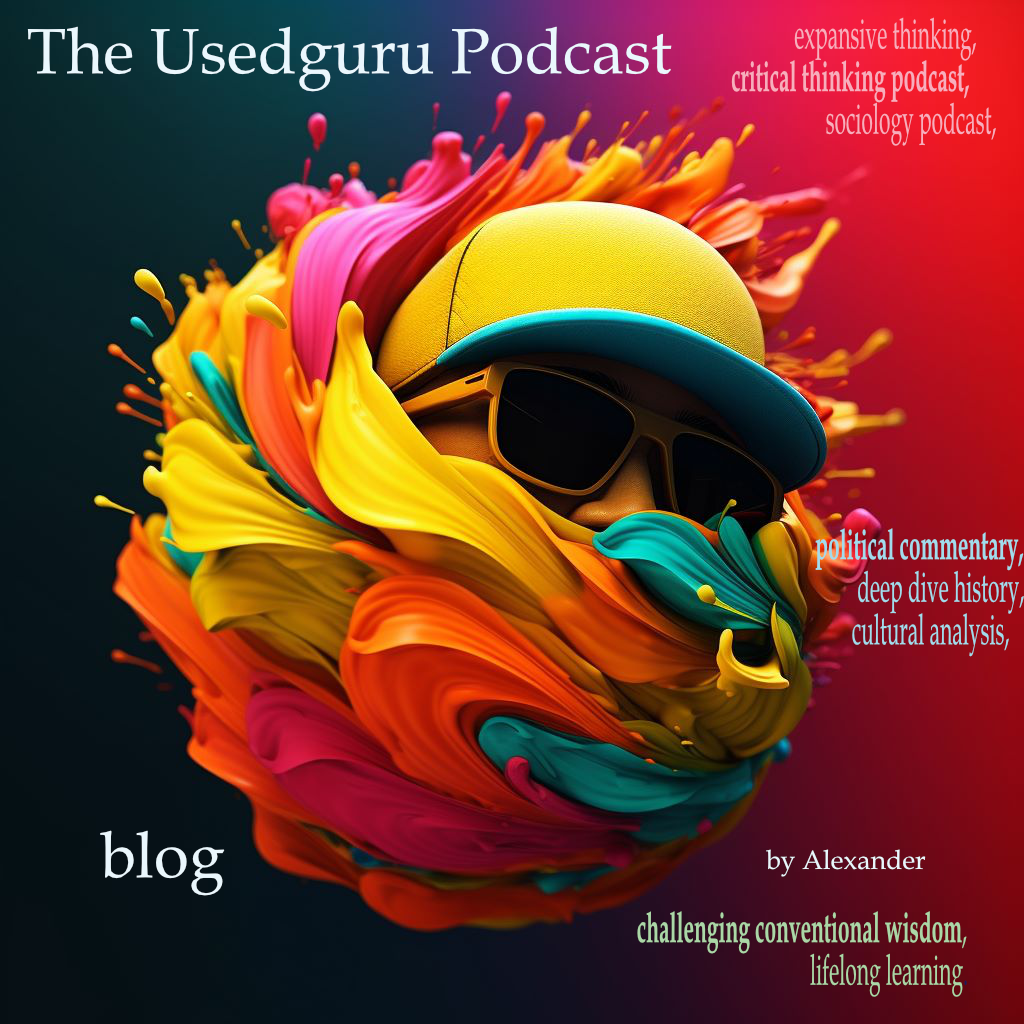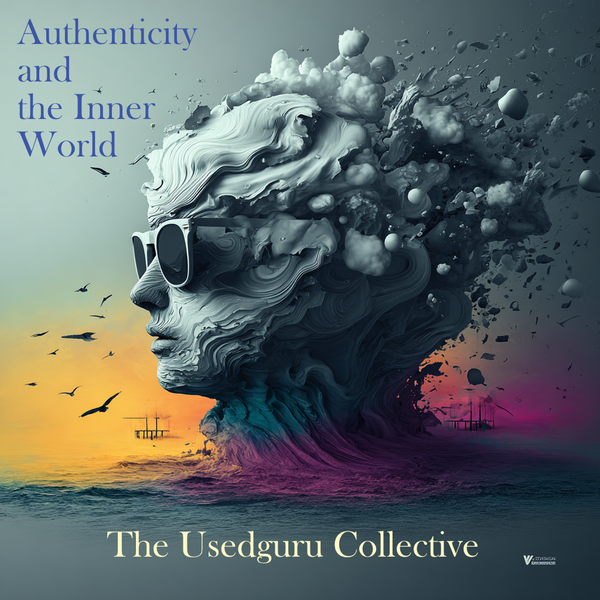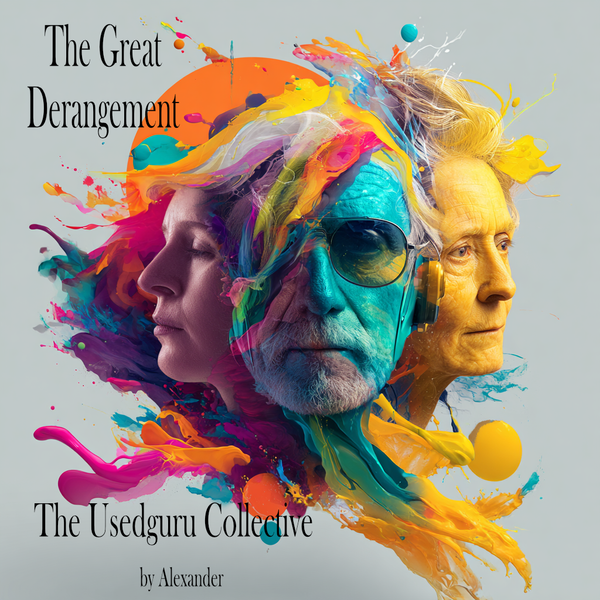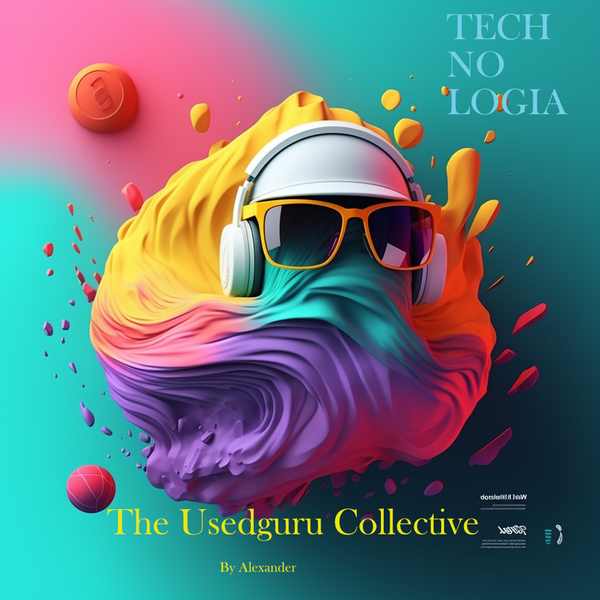The Signal in the Noise

It is often said that like minds attract. Still, I have come to believe the strongest social glue in our modern world might be something else entirely: useless information. We live in a world masterfully shaped by our conditioned habits, where the very tools that promise connection are often instruments of mass distraction. This creates a fundamental paradox: we are forging new bonds across old divides, but the ground we are finding is often trivial, engineered, and ultimately, hollow. Is this progress, or just a more sophisticated form of isolation?
I witnessed this dynamic firsthand on a recent drive from Austria. Two of my colleagues, men from vastly different educational and social worlds, spent hours dissecting the bombing of an Iranian nuclear facility. In a previous era, a rigid social hierarchy might have prevented such a conversation from ever starting. Yet here they were, animatedly bonding. The positive aspect was undeniable; it was a testament to a social fabric becoming more pliable, a connection forged through mutual effort.
However, the foundation of their bond was unsettling. They were not just discussing the event; they were performing, each trying to outdo the other with intricate, unverified details. They spun elaborate theories about a 38-hour flight for the pilots, speculating on what they did to pass the time mid-air. They even admitted their sources were questionable, but it did not stop them. The conversation was less about understanding a geopolitical event and more about the shared activity of discussing it. They connected, which is good. But they connected over noise.
This phenomenon is not accidental; it reflects a much larger pattern in our media landscape. There is a cautionary tale about a film designed to warn society against a dystopian future. By presenting horrific scenes, its creators hoped to inspire resistance, but the project backfired. Instead of deterring audiences, the film inadvertently normalised the horror, training viewers to see dystopia as an inevitability. Realising they had created a tool for acquiescence rather than prevention, the filmmakers reportedly destroyed their work.
That same technique is now at the heart of our global media infrastructure, supercharged by the potent combination of AI, the internet, and social media. Visuals do not just show you the world; they can be used to program your perception of it. The constant stream of crises we see is a form of psychological conditioning. Disasters are framed and repeated until our outrage is exhausted and our consent is manufactured for events that should be considered unthinkable. Real-world tragedies are domesticated into trending topics, a global distraction that keeps us occupied while normalising the unacceptable. The men in the car, debating the speculative details of a military strike, were participating in this very process.
Faced with this overwhelming sensory and informational noise, what is an individual to do?
A few years ago, a flashing neon billboard I had passed a hundred times finally snagged my attention. I saw it from the bus, and my mind spiralled, consumed by the invasive power of its visual persuasion. I got so lost in thought about how advertising hijacks our focus that I missed my stop. The experience was a wake-up call, a personal confrontation with how easily my environment could control my focus without my permission.
That evening, I began a quiet rebellion. I systematically removed the color from my living space. All the colored pictures on my walls came down, replaced by black and white prints. I turned every book on my shelves around, hiding their vibrant spines to present a uniform wall of paper edges. I engineered an escape from visual noise. It has remained this way for years—a drastic change, but the calm it created has been a lasting defense against the chaos of the outside world.
This personal retreat, however, highlights the broader dilemma. We are caught between a genuine human need for connection and a world that offers it most readily through shallow, distracting, and often manipulative means. The bond between my colleagues was real, yet it was built on triviality. The calm in my colorless apartment is real, yet it is a sanctuary born of retreat. The ultimate challenge may not be to simply build more bridges or to withdraw from the world’s noise entirely, but to learn how to find the quiet, meaningful signals within it—forging connections based not on shared distraction, but on shared understanding.
_________________________________________________________
The Paradox of Common Ground: Small Talk's Unlikely Power and Pervasive Triviality
In an age defined by relentless connectivity, a profound paradox has emerged: we are surrounded by people, yet true connection feels increasingly scarce. The lines between meaningful engagement and pervasive distraction have blurred, revealing a complex interplay between our innate human desire to bond and the triviality of the information we use to do so. From our daily conversations to the media we consume, we are navigating a world where the strongest social glue often seems to be useless information.
The Performance of Connection
On the surface, modern communication appears to be breaking down old barriers. It's not uncommon to see two individuals from vastly different backgrounds—once separated by rigid social hierarchies—deep in an animated conversation. This demonstrates a positive and genuine effort to connect.
However, the foundation of these interactions is often unsettlingly shallow. Conversations can devolve into a performance of knowledge, where participants trade intricate, often unverified details, not to inform but to impress. A discussion about a complex geopolitical event, for instance, might focus on speculative trivia about a pilot's flight time rather than the event's actual implications. Even when sources are acknowledged as questionable, the engagement continues. This raises a critical question: Has the purpose of conversation shifted from the exchange of knowledge to simply a method for killing time with noise?
The Retreat from Visual Noise
The auditory and informational noise of our conversations is mirrored by the visual chaos of our environment. Modern life bombards us with a constant stream of advertising and digital content designed to hijack our attention without our permission. This sensory overload can be so profound that it compels some to seek a radical retreat.
In response to this pervasive visual static, one might undertake a deliberate purge, systematically removing color from their living space—replacing vibrant art with black-and-white prints and turning books around to hide their colorful spines. The result is a "quiet sanctuary," an intentional defense against the sensory demands of the outside world. That such drastic measures feel necessary highlights the depth of our struggle to reclaim focus in a visually saturated environment.
The Normalization of the Unthinkable
Perhaps the most disturbing form of modern distraction is the way media, supercharged by AI and social media, conditions our perception of global crises. There is a powerful principle that constant visual exposure can neutralize shock and build acceptance for the unacceptable. A cautionary tale tells of a film designed to warn against a dystopian future which, instead of inspiring resistance, inadvertently normalized the horror it depicted, training viewers to see it as inevitable.
This same technique now underpins our global media infrastructure. Through the constant, curated repetition of crises, genuine catastrophes are domesticated into trending topics. Their horror is diluted until they become background noise, and our collective outrage is exhausted. This process effectively manufactures our consent for events that should be considered unthinkable.
In this landscape, human beings are caught between an inherent need to connect and a world that offers connection most readily through distraction. The challenge is not to withdraw from the world entirely, but to learn how to find the meaningful signals within the noise—to forge connections based not on shared distraction, but on shared understanding.
About the Author
Alexander is the founder and lead writer for The Usedguru Collective, a podcast and publication dedicated to exploring the complex forces that shape our world. With a background in social research and a passion for lifelong learning, he crafts the foundational analysis that fuels each thought-provoking episode.
Media Conditioning, Digital Distraction, Shallow Connection, Visual Noise, Meaningful Connection, Psychological Conditioning, Manufacturing Consent, usedguru collective, usedguru, alexander.
Modern Connection, Information Overload, Signal vs. Noise, Paradox of Connectivity, Shallow Communication, Useless Information, Mass Distraction, Digital Isolation, Social Commentary, Attention Economy, Psychological Conditioning, Normalization of Crisis, Media Manipulation, Sensory Overload, Visual Noise, Digital Minimalism, Mindfulness, Reclaiming Focus, Human Connection, Social Fabric







